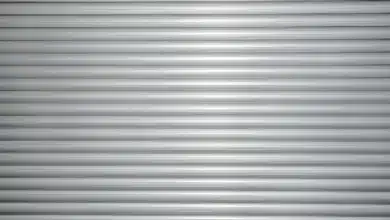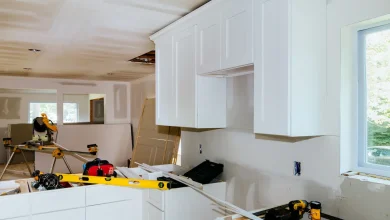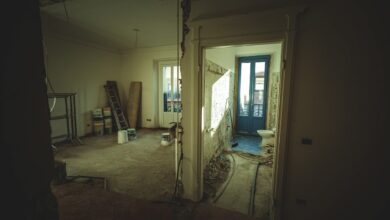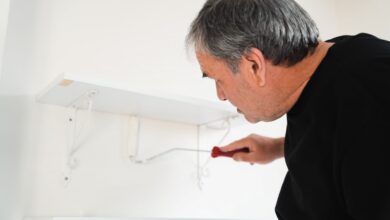Alternatives To Engineered Stone
Alternatives To Engineered Stone: Top 7
If you didn’t know, the availability of engineered stone in Australia will cease on 1st July 2020. We fully support this move and think it is good for the industry. There are some fantastic alternatives for kitchen and bath benchtops… One of them is brand new and you will love it. The last one is revealed at the end.
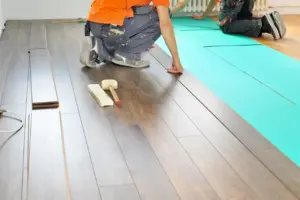
7 STANDOUTS for your Dream Benchtop
Laminate
It has come a very long way. Take a closer look before you sneer. We’ve even used it to great effect in Erin’s bathroom. #watchthisspace #house16
You can now purchase laminate that looks like real marble. Laminex Formica and Polytec are brands that have launched colours that mimic the two most popular marble styles, Carrara and Calacatta.
The laminate is by far the least expensive option. It is more susceptible to heat marks, cuts and scratches (which cannot be repaired). It is very durable if something heavy is dropped on it. It also resists stains and is easy to clean. (Just wipe it down, but do not use abrasive cleaning agents). The laminate is lightweight and easy to install. Choose a ‘post-formed laminate’. This means that the laminate will wrap around the edge of the benchtop to avoid cheap-looking joints and peeling.
Porcelain
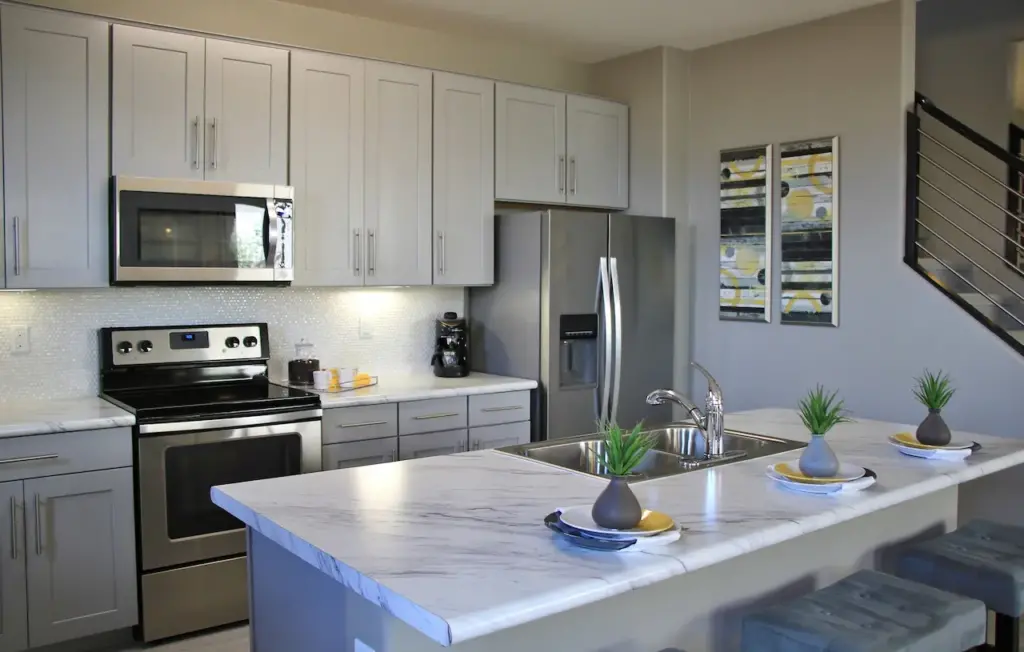
Porcelain benchtops, made from porcelain clay of high quality and fired at high temperatures, are then coated with pigmented glazing to give the appearance of marble or natural stone. These thin slabs weigh less than natural stones, which makes them easier to handle during installation. However, they are also more fragile, so stonemasons must take extra care to avoid cracking or snapping the slab.
Porcelain is a very durable surface. It can handle hot pans and pots on its surface, and it is also suitable for outdoor use. Porcelain is limited in its edge profiles, which can be an aesthetic disadvantage.
Talostone MinQZero
The best is saved for last! Talostone has gone beyond the call of duty to create a product that looks and feels like engineered stones but contains zero crystalline silicon to comply with new industry standards. Talostone’s MinQ(rZero) range offers all the benefits of engineered stone, including durability, stunning colours, and endless edge profiles, but without silica.
Natural Stone
Each piece of natural stone is unique, with its own veining, mottling, colouring, and imperfections. The romance of the “real thing” is what drives people to choose natural marble or granite over look-alike materials that are more durable, easier to care for, and in many cases, cheaper. It’s good to know that real marble can be less expensive than you might think. Depending on the type you choose, you may even find it cheaper than high-end imitations!
Marble is not the most practical material for a kitchen. Marble is porous, and it must be sealed in order to prevent stains. Marble is brittle and soft. It didn’t attend the hard knocks school, so it can break, chip and scratch with everyday kitchen use. If you insist on the “real thing”, be ready to accept the imperfections of the stone.
Ultracompact Surfaces
Ultracompact surfaces can be created by applying extreme heat and pressure on raw materials such as glass, quartz and porcelain to produce a material that is almost indestructible. The patterns printed on the surface mimic woodgrains, metallics, marbles, and other materials.
It’s dense and strong, making it the strongest product available. It comes in large slabs so you will have fewer joints in your countertop. This surface is also better suited to handle large spans and overhangs if you need a thin-profile edge. This material is also recyclable and easy to clean.
This innovation is also expensive (it will likely cost more than engineered stones) and requires specialist installation.
Timber
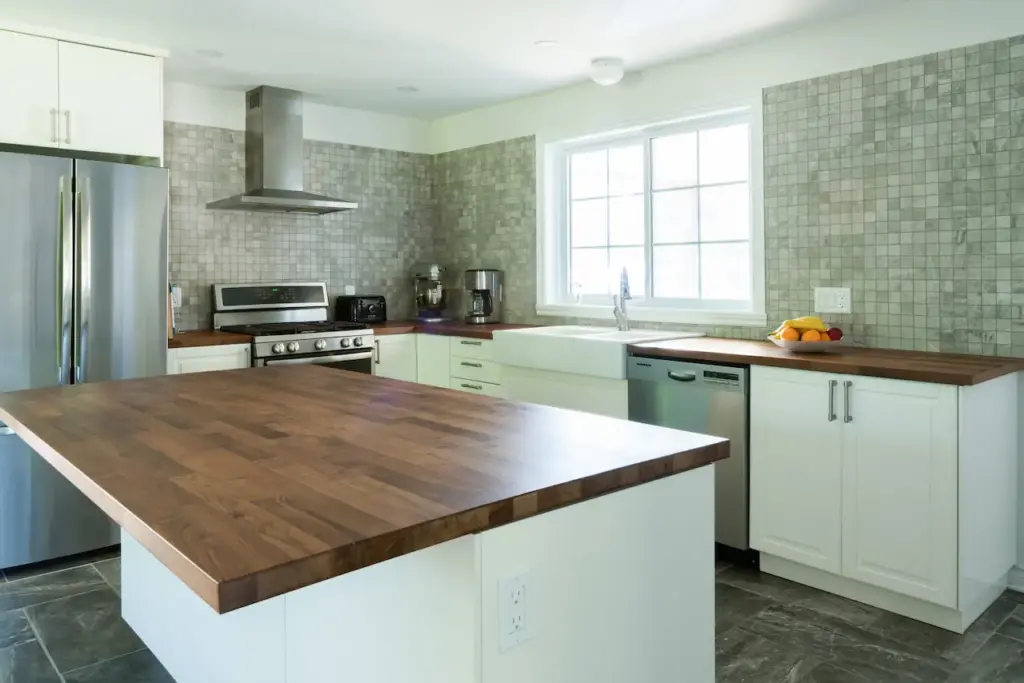
It’s hard to beat the warmth and texture of timber in a room. Your benchtop could bring this to life. The wood can be easily scratched, stained and dented, which can add to the overall appeal.
Timber isn’t always cheap. You can get standard-size, pre-cut benchtops at Bunnings or IKEA. (We’ve done this.) But anything thicker, longer, or in a custom shape could be more expensive. Depending on how the timber was sourced it is usually an environmentally-friendly option, plus it can look great in so many different styles of kitchens, modern and traditional.
Concrete
Concrete has a raw, industrial aesthetic that is perfect for minimalist or organic looks. Concrete benchtops will not be perfectly smooth, just like a concrete path or driveway. Concrete is porous, like marble. It will absorb liquids. The sealant can also discolour if hot pans are placed directly on top of the concrete. Concrete can be repaired reasonably, but it will require re-sealing. Contrary to popular belief, concrete can be expensive.
Why would anyone purchase concrete, knowing that it is expensive, durable, and requires maintenance? The FEEL and the LOOK! There are two important aspects to consider when designing a new kitchen. If you have your heart set on concrete and are prepared to make the purchase, we recommend that you go for it.

